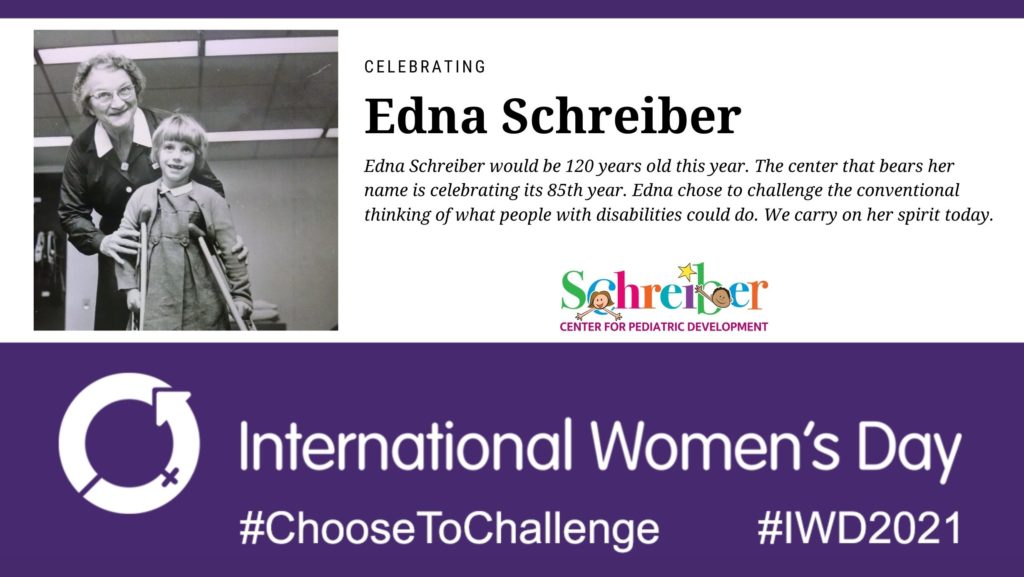MJ Bermudez: Beating the odds with work, Schreiber therapy
February 4, 2021MJ Bermudez was in the middle of an aquatic therapy session with Schreiber PT Laurie Panther when a photographer started snapping his picture.
Right away, a big smile spread across MJ’s face. This is somebody who likes having his picture taken.

“He doesn’t speak, but he understands everything,” says his mother, Sharon Petrosky. “He has lots of personality. He’s smart, with a great sense of humor.”
When Sharon talks about MJ, when she lists all the things he’s able to do, she says God is the only explanation for so much of it.
Yes, she has had amazing doctors since he was born 7 years ago. And, yes, the therapists that have worked with MJ, at Schreiber and at Nemours/Alfred I. duPont Hospital for Children in Wilmington, Del., have done remarkable work.
But when she first learned of his complication during her pregnancy, she could not have imagined then where he would be today.
“The doctors we saw at the very beginning thought he would be blind, that he would be intellectually impaired, that he wouldn’t grow properly,” Sharon says. “None of that has happened. Nobody can really explain why, but he has exceeded every prognosis we’ve ever been given.”
A difficult diagnosis
While Sharon was still pregnant with MJ, doctors noticed the baby’s brain wasn’t developing correctly. The official diagnosis was septo optic dysplasia, a kind of cerebral palsy. It’s a disorder of early brain development that is generally associated with three features: underdevelopment of the optic nerves; abnormal formation of structures along the midline of the brain; and growth hormone deficiency.
Sharon didn’t really know what to expect when MJ was born, but she knew it wouldn’t be easy.
The blindness, growth issues and intellectual impairment didn’t happen. But he does have difficulty walking because of the way his legs have developed. And he can’t speak because of muscular issues related to his jaw structure.
“He can say about 11 words,” Sharon says. “But he can communicate. If somebody has a question about him, I’ll say: ‘Ask him. He can tell you.'”
Her focus has been helping him walk and talk. The efforts to help him walk include a remarkable procedure performed last summer at Nemours/duPont. They saw Dr. Jason Howard, an internationally recognized specialist in cerebral palsy, with particular expertise in hip displacement.
Sharon said MJ had developed an unusual way of walking because of the way his leg bones and muscles had formed, and his muscles were literally pulling his hip out of joint, which ended up slowly grinding his hip sockets.
She said Dr. Howard took one look at the X-rays and immediately saw a looming problem.
“He said within six months the damage would be irreversible,” she said. “He wanted to do surgery as soon as possible.”
The surgery on July 22 was one of those “how do they do that” miracles of modern science: four surgeons, seven hours, 14 different procedures. It involved cutting through his femurs, pulling the ball out of each socket, detaching and reattaching some muscles to have them pull correctly on his hips, and then putting in some hardware to keep everything in place during healing.
“I’ve been doing this 10 years, I’ve never had a kid recover like this from this surgery. He just blew everybody out of the water.”
Laurie Panther, Schreiber physical therapist
“We were at Nemours for more than two months; it’s a phenomenal place,” Sharon said. “We literally lived there. He had different therapies four times a day. They had a classroom for him for school. And then when it was time to come home, they set us up with outpatient therapy here at Schreiber.”
That started around September. He comes for physical therapy twice a week to continue rehabbing those hips, and he also receives occupational therapy (twice a week) and speech-language pathology (once a week). All together, he’s usually at Schreiber three days a week. Plus, he receives all three therapies at school through IU13.
“The doctor said MJ is 12-18 months ahead of the average schedule post-surgery,” Sharon says. “We have once last surgery this July to remove the hardware in his hips. But he is fully healed.”
Progress at Schreiber
Laurie Panther, the PT who has worked with him the most, said his mobility was pretty limited when he started at Schreiber.
“He was not walking,” Laurie said. “He was using a wheelchair as his primary means of mobility. He could use a walker for short distances. He couldn’t get up off the floor.”
That’s all typical after the kind of complex surgery MJ had. Laurie said the typical post-surgery recovery for a kiddo with CP to get back to their pre-surgery status is 1-2 years. Mark is there after just seven months.
“He’s actually an enigma,” she said. “I’ve been doing this 10 years, I’ve never had a kid recover like this from this surgery. He just blew everybody out of the water. He’s doing everything he was doing before the surgery, with better alignment, which was the point of his surgery.”